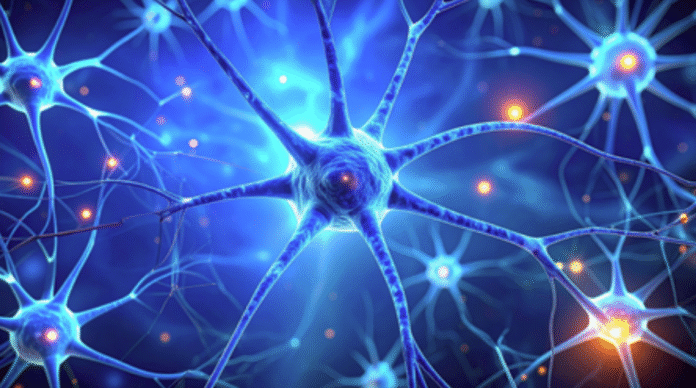New Delhi– A new study by Swedish researchers has shed light on how weight loss medications such as semaglutide influence specific nerve cells in the brain, offering insights that could help reduce side effects while preserving the drug’s benefits.
Semaglutide, a GLP-1 receptor agonist, is widely used to treat obesity and type 2 diabetes. While effective at reducing appetite and body weight, it can also cause side effects like nausea and muscle loss.
Researchers at the Sahlgrenska Academy, part of the University of Gothenburg, have identified the exact group of brain cells responsible for the drug’s positive effects—such as reduced food intake and fat loss—as distinct from those linked to adverse reactions.
Using mouse models, the scientists tracked which neurons in the brain were activated by semaglutide. They were then able to stimulate these specific neurons directly, without administering the drug. The mice exhibited the same effects—reduced appetite and weight loss—as they did when treated with semaglutide.
However, when these particular neurons were destroyed, the drug’s appetite- and fat-reducing effects significantly diminished. Notably, side effects like nausea and muscle loss persisted, suggesting those symptoms are controlled by different neural pathways.
“This suggests that these nerve cells are critical to semaglutide’s beneficial impact on weight and appetite,” said Júlia Teixidor-Deulofeu, lead author of the study and a Ph.D. candidate at the Sahlgrenska Academy. “If we can specifically target these cells, we may be able to preserve the drug’s effectiveness while minimizing unwanted side effects.”
The neurons identified are located in a region of the brainstem known as the dorsal vagal complex, which plays a key role in regulating energy balance.
Published in the journal Cell Metabolism, the study not only opens the door to developing more targeted weight loss treatments but also enhances our understanding of how the brain controls appetite and body weight. (Source: IANS)






